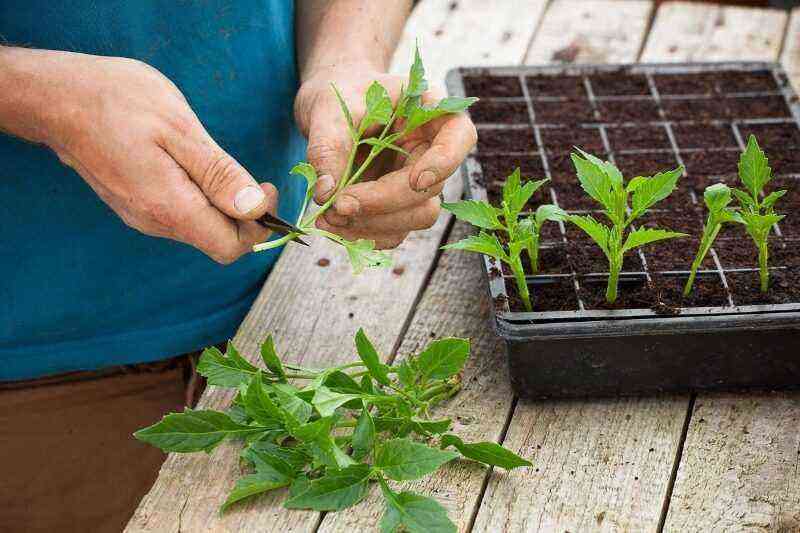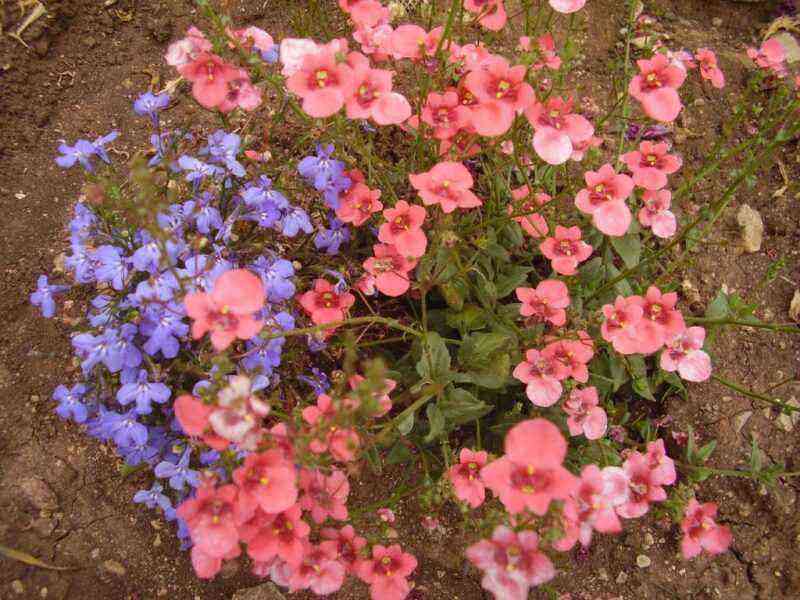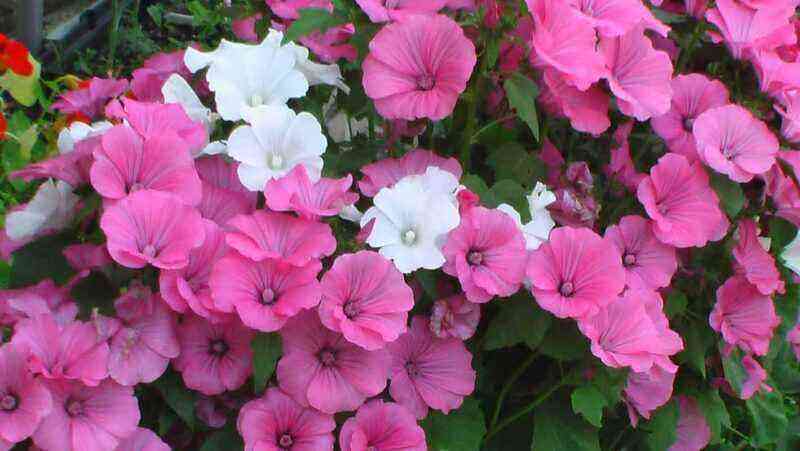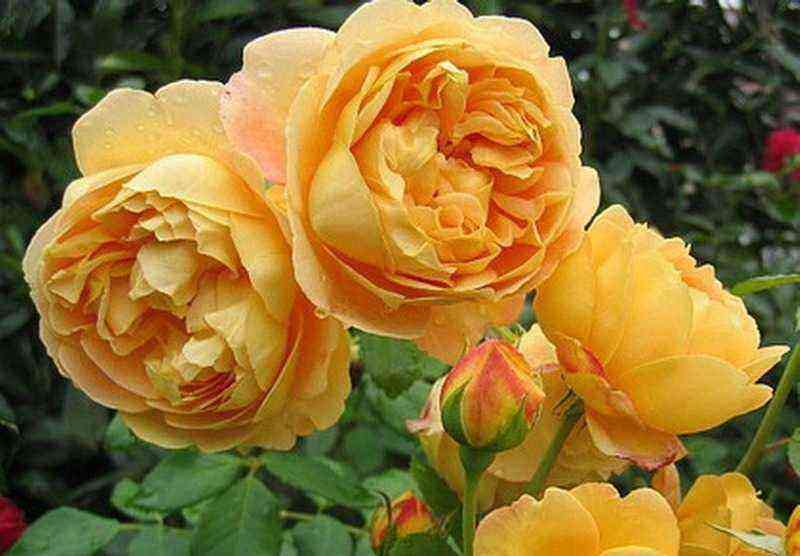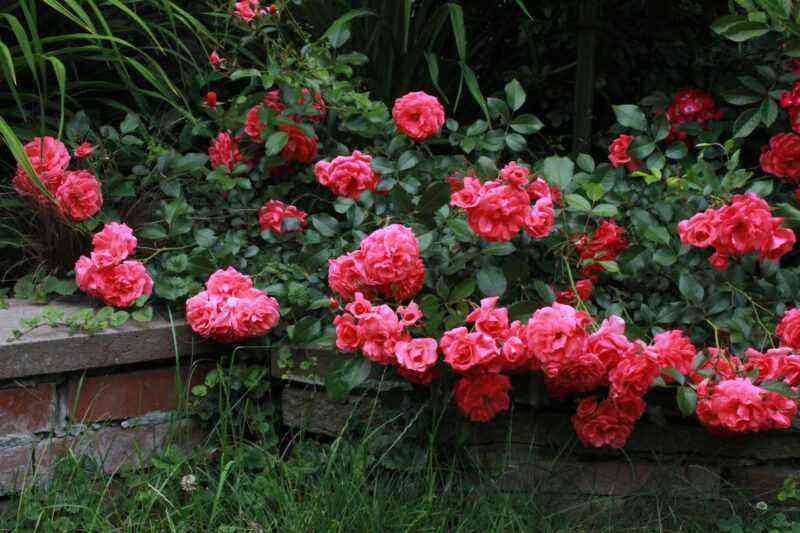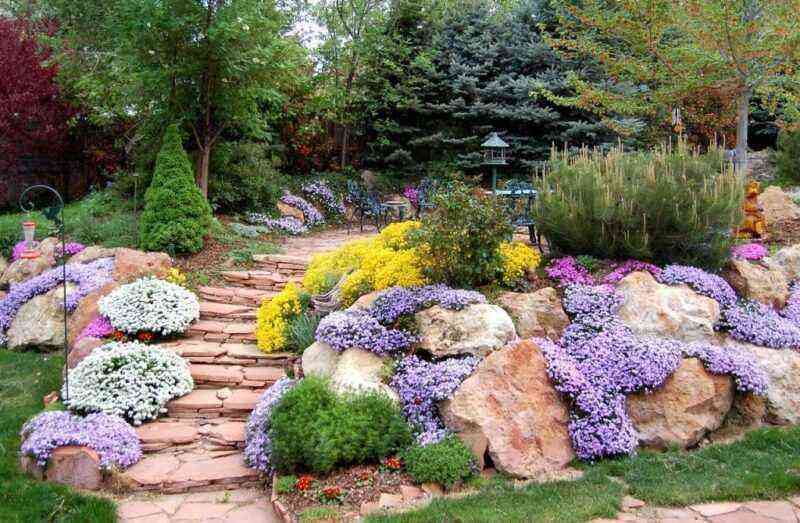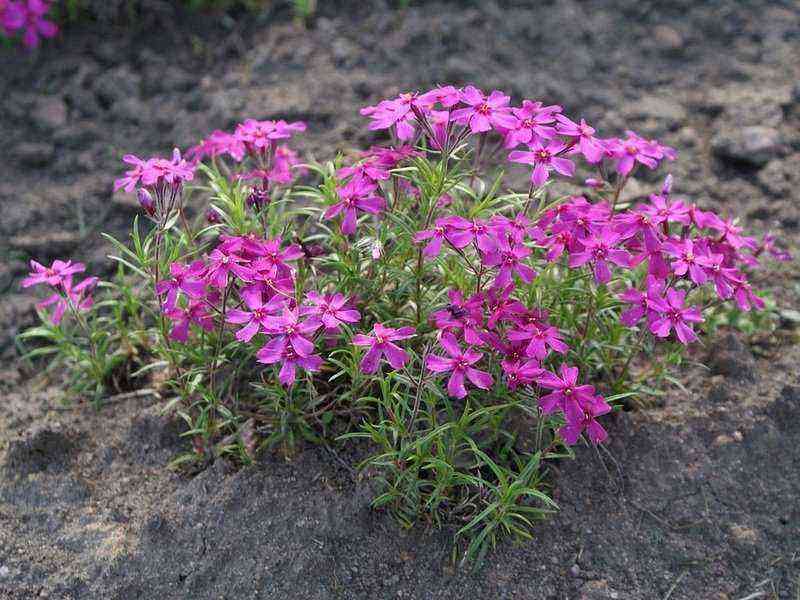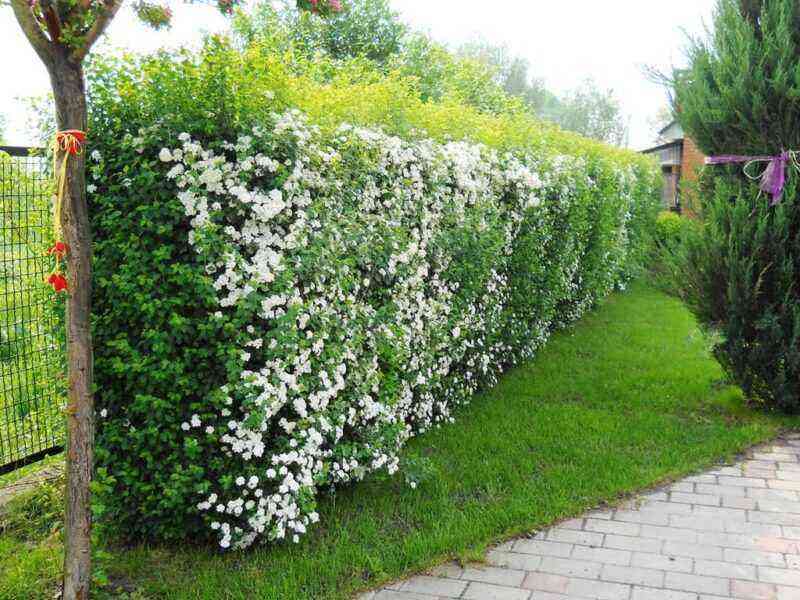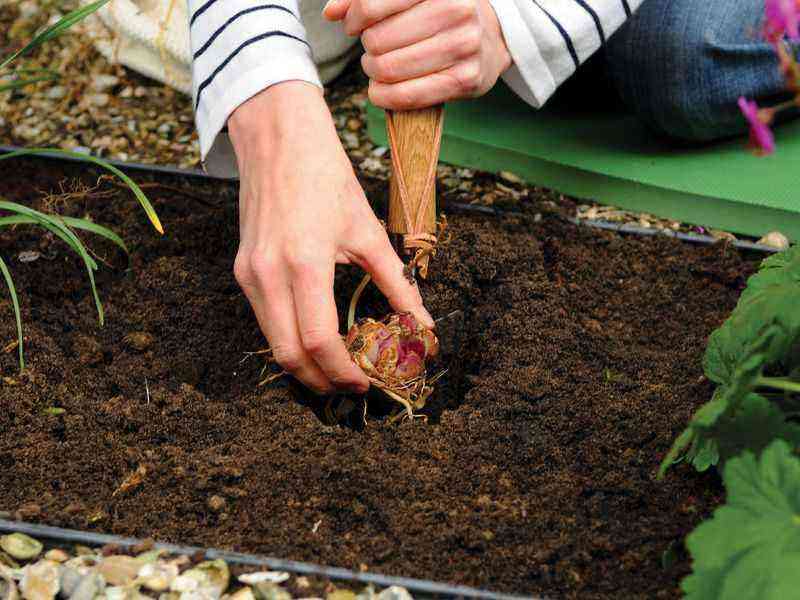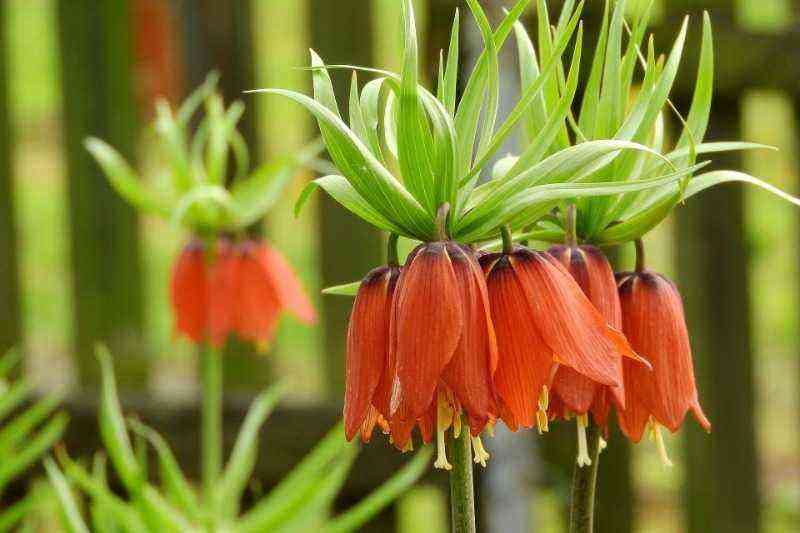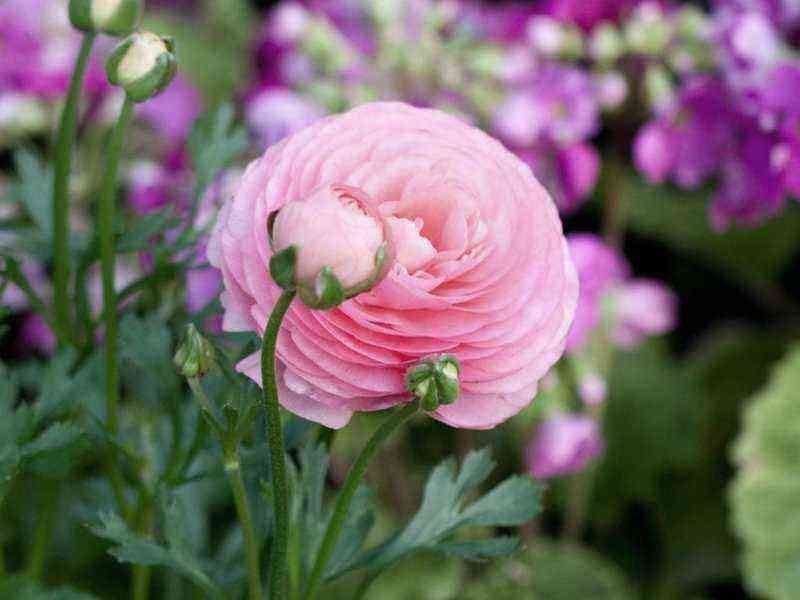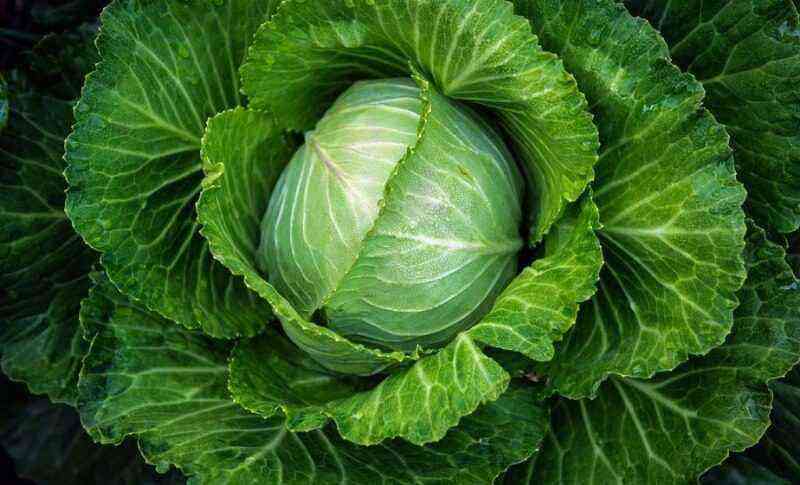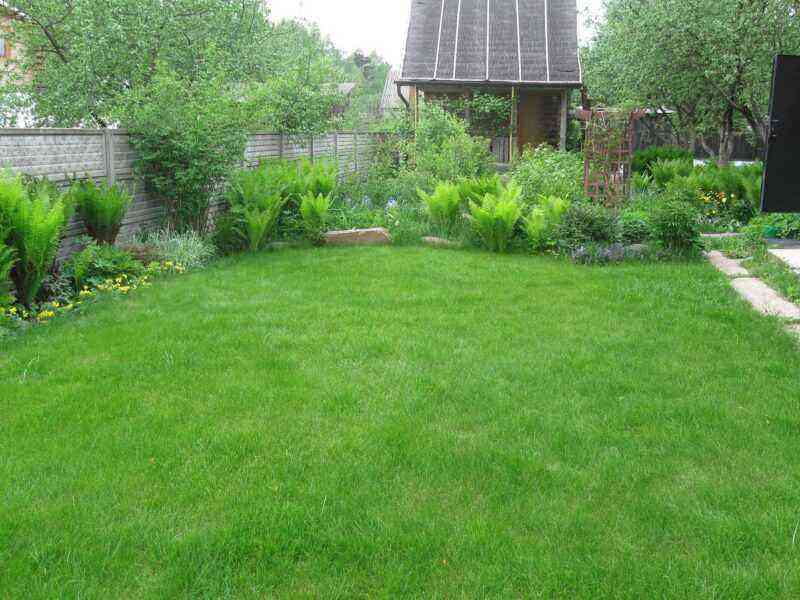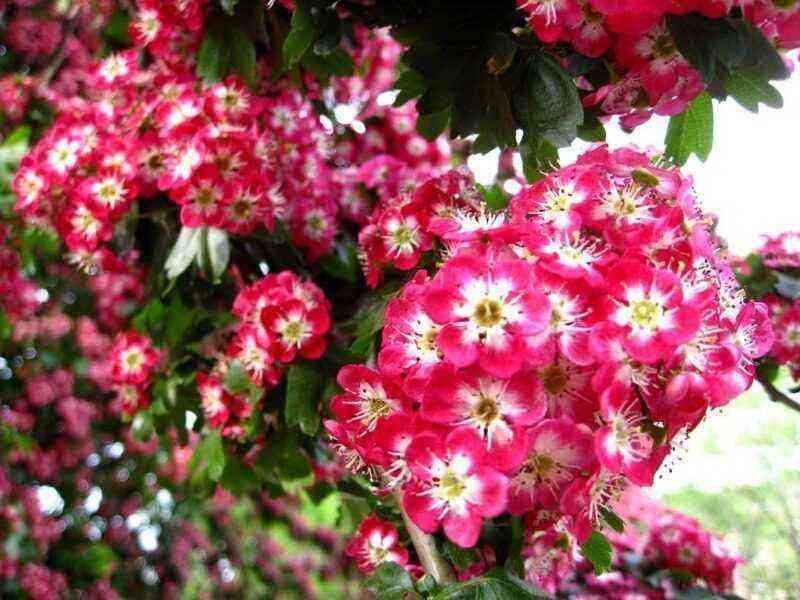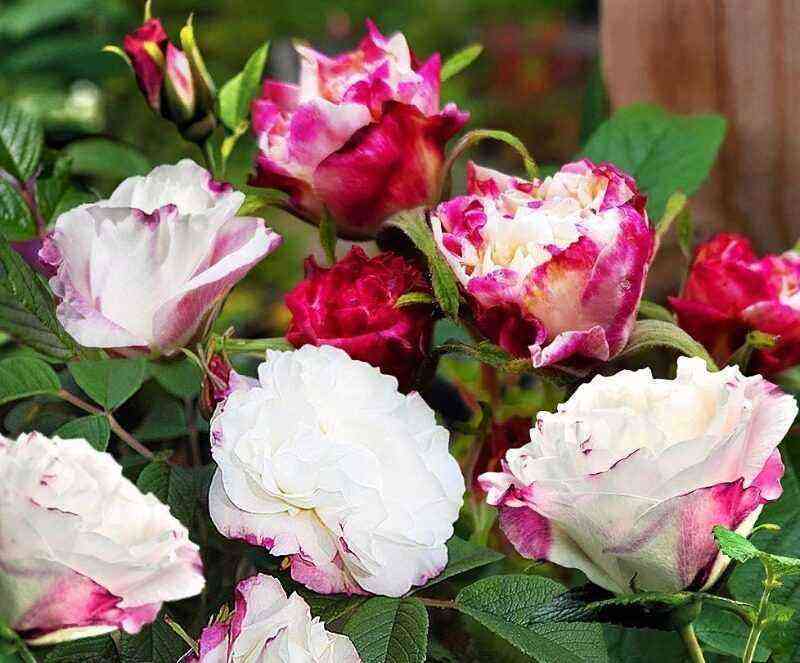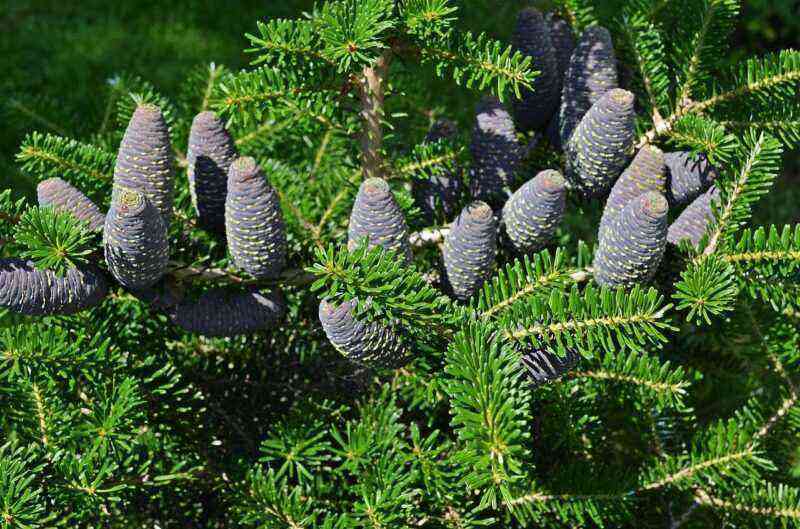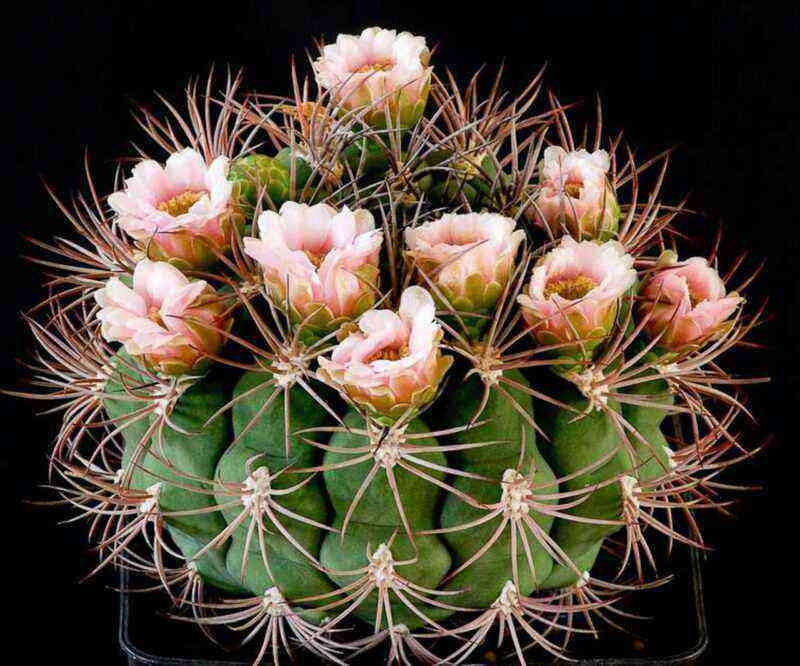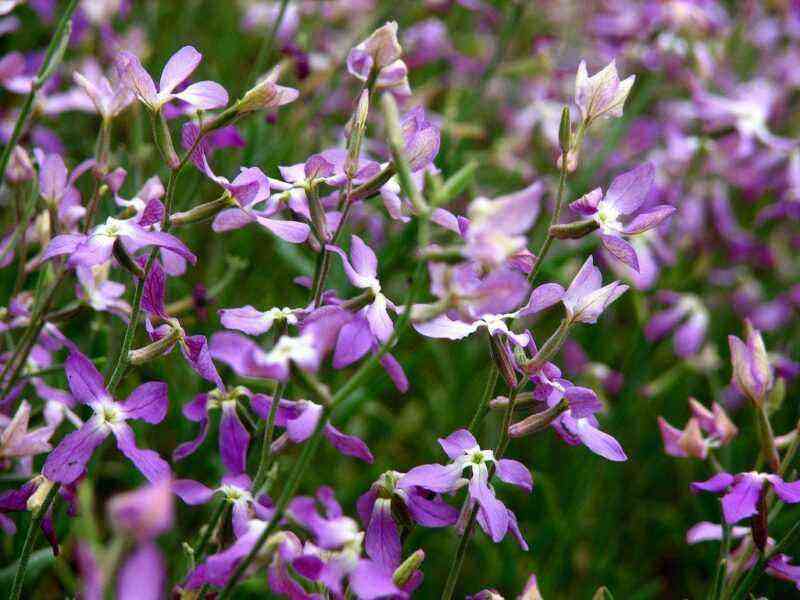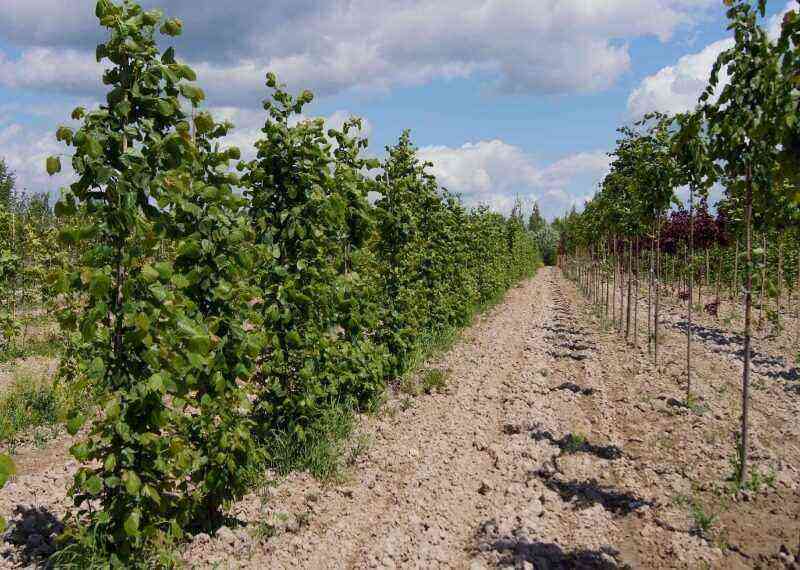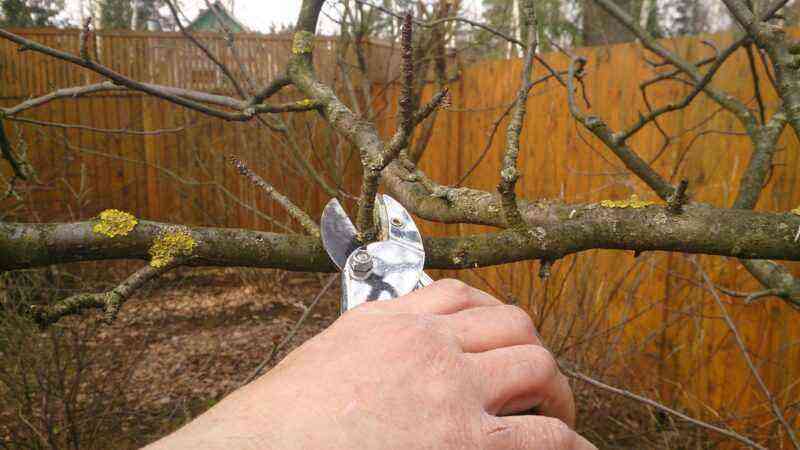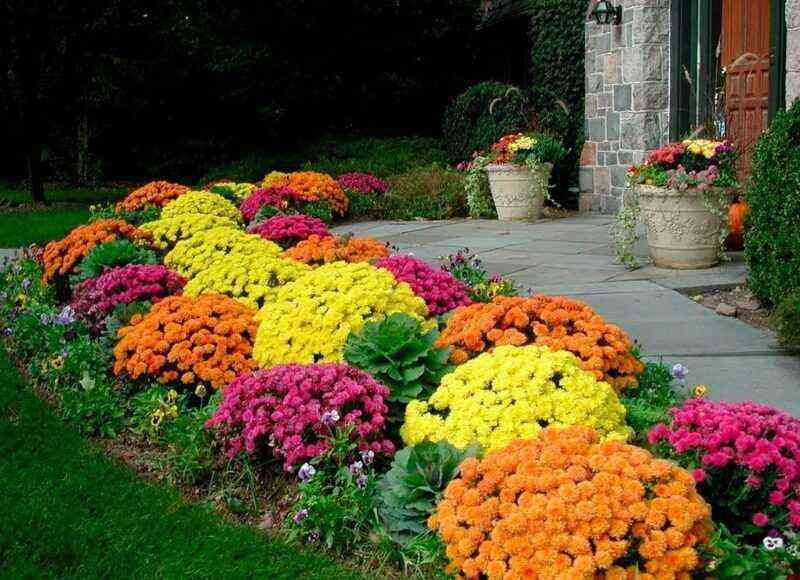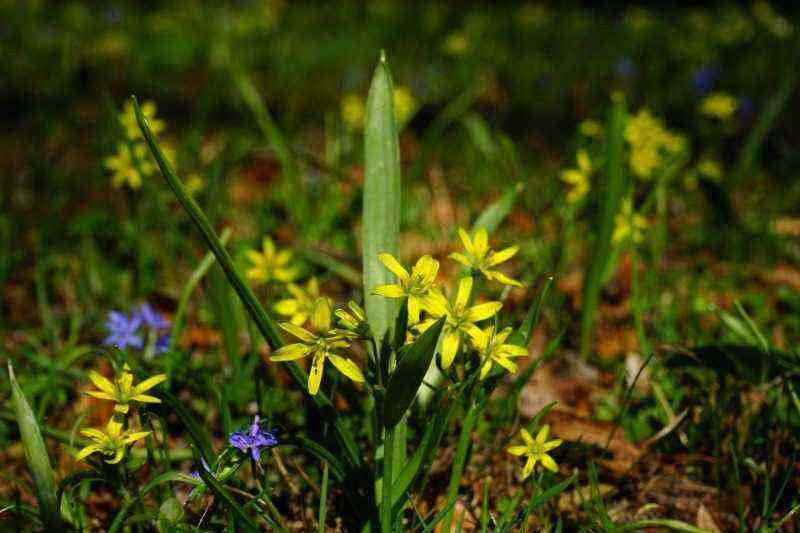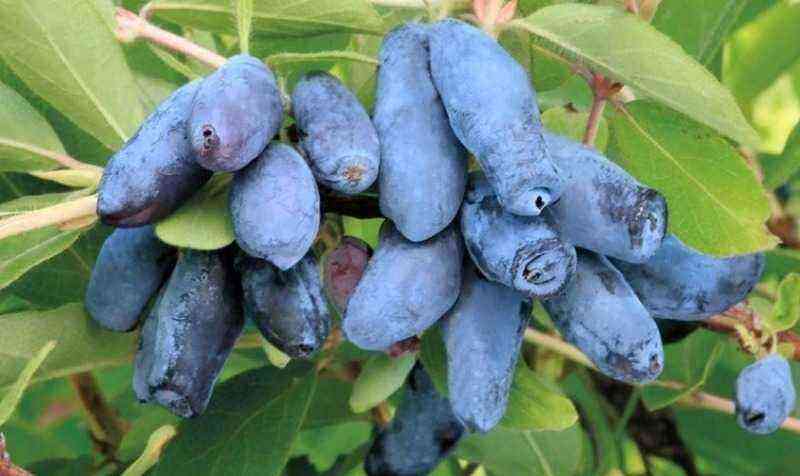Rose is a capricious culture that reacts sharply to mistakes in care, illness or attacks of insect pests. Any of these factors causes a change in the appearance of the plant. Most often, flower growers are faced with a situation when the leaves of a rose turn yellow. It is necessary to find out the cause and help the plant at an early stage, otherwise the bush may die.
Why do the leaves of roses turn yellow: the main reasons

Before you fight the wish of leaves in roses, you need to find out the reason for it.
Sudden yellowing of leaves on garden or indoor rose bushes is a common problem. The reasons for this phenomenon are varied.
All types and types of garden roses
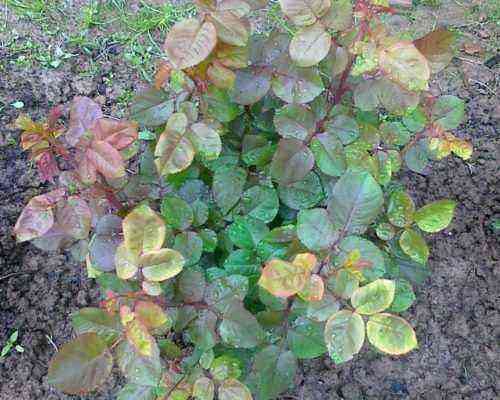
The deficiency of trace elements in the soil where the roses grow is most often found due to the increased content of sand
The yellowing of horticultural crops in the fall is a natural process of preparing a plant for winter, and there is no need to worry about this. But if the bush began to change color during the active growing season, it means that one of the problems touched it:
- Lack of trace elements in the soil. With a nitrogen deficiency, the leaves first turn pale, and then completely turn yellow and fall off. Lack of potassium and manganese causes discoloration of the lower leaves at the edges. Magnesium deficiency results in yellowing of the center of the leaf, while the edges remain green.
- Lack of sunlight. A site for growing roses is chosen in an open or slightly shaded place. If you plant the bushes in the shade, the processes of photosynthesis in the leaves are disrupted.
- Improper watering. Sparse or poor moisture in rose bushes leads to drying out of the root system, as a result of which there is a lack of nutrition.
- Diseases. The defeat of various infections causes first spots on the leaves, and then their yellowing and death. The cause may be black spot, sphaceloma, root cancer, rot.
- Pests. Sucking insects deprive plant tissues of juices, so the leaves lose their natural color and dry out prematurely. The most common and dangerous enemies of garden roses: aphids, spider mites, thrips, greenhouse whitefly, rose leafhopper.
- A sharp cold snap after the heat. Temperature changes are stressful even in frost-resistant varieties. In such a case, it is better for the gardener to keep agrofibre on hand to hide the bushes.
Room

Diseases that lead to yellowing of the leaves of indoor roses are usually caused by improper plant care
Many reasons for yellowing indoor roses are similar to garden varieties. This may be a lack of light, damage by pests or diseases, and a lack of feeding. There are also specific factors:
- Incorrect transplant. A common mistake of inexperienced flower growers is to carry out the procedure immediately after purchasing a plant. The rose needs to be given time to adapt to the microclimate of the new room. Replacing the soil and pot is best done 2 weeks after purchase. Damage to the roots during transplanting if handled incorrectly can also cause yellowing.
- Poor quality soil. Rose bushes often turn yellow due to the increased acidity of the soil.
- Illiterate watering. Waterlogging and drying out of the soil is harmful to the rose. From a lack of water, the roots die off and cease to nourish the leaves. Excess water leads to decay.
- Dry indoor air. Miniature home rose bushes need an increased level of humidity in the room.
- Drafts. The heat-loving plant freezes during the airing of the room. especially when located under a window in winter. Most often, the tropical Chinese rose suffers from hypothermia.
- Sunburn. The problem concerns the plants located on the south windows.
Ways to solve problems depending on the reasons

The greatest danger to roses is black spot, which first appears as yellow spots (in advanced cases it is no longer possible to save the plant), so it is easier to prevent troubles
It will not be possible to cure yellowed foliage on garden and indoor roses, therefore, to preserve the appearance of the bush, it will have to be cut off. Removal of infected parts is also necessary to prevent the spread of infection or insect pests. It is possible to suspend the further development of the problem with a timely response in the following ways:
- Top dressing with special balanced fertilizers. If the lack of a specific trace element has been accurately identified, it is preferable to add this particular substance.
- Irrigation regulation. Houseplants are moistened after the topsoil has dried by 2-3 cm. Garden bushes are watered every 7-10 days, 1-2 buckets of water are consumed for each.
- Protection from disease. Preventive treatment with Skor, Ordan, Topaz, Strobi, Raxil helps to prevent the growth of fungi and bacteria on the bushes.
- Pest control. It is necessary to destroy insects at the first sign of their appearance on the bushes. Roses are sprayed with Aktellik, Aktara, Alatar, Iskra, Inta-vir. In the early stages, washing the foliage with soapy water helps.
- An increase in the level of moisture in the room. If indoor roses suffer from dry air, automatic humidifiers are installed in the room, artificial fountains are made, and open containers of water are placed. Experienced flower growers advise placing pots with plants on trays filled with expanded clay filled with water during heating or hot summer.

Under inappropriate conditions, the indoor rose quickly begins to turn yellow
After fixing the problem, the bush must be helped to recuperate. For resuscitation, the following scheme is used:
- The bushes are watered with Zircon (1 ampoule per 10 liters).
- After 3 days, the foliage is sprayed with Epin (10 drops per 1 liter of water).
- After 2 weeks, the plant is fed with potassium humate.
Analysis of the causes of yellowing of foliage and timely assistance to the plant will help prevent the death of the bushes. If done correctly, the rose will recover and continue to delight the owner with luxurious flowering.
